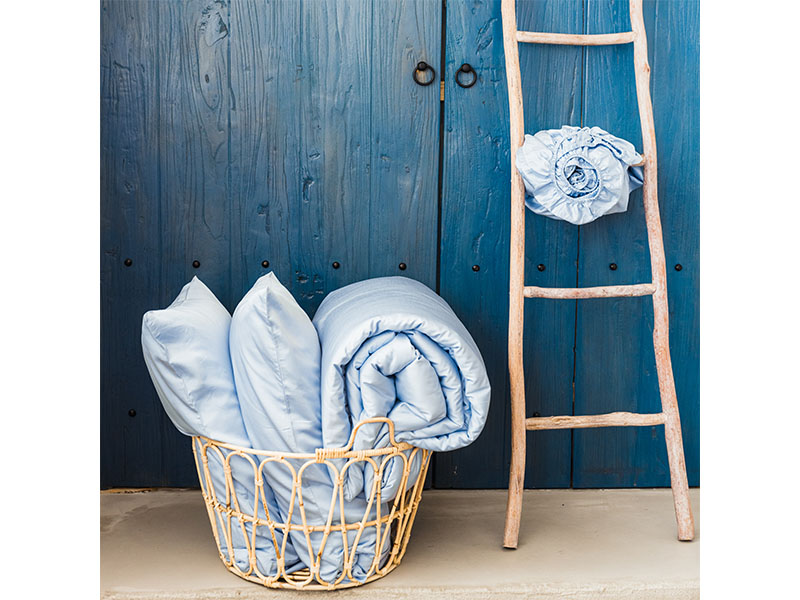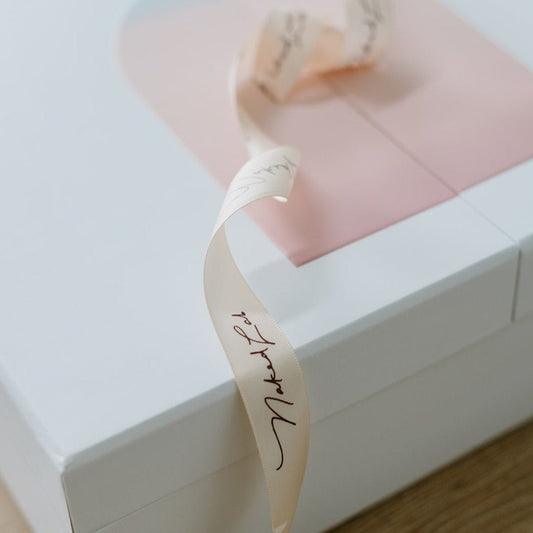
Bamboo Bed Sheets v Cotton – What’s the difference?
When it comes to choosing bed sheets, pillow cases and duvets, all things are definitely not made equal! In the old days, we used to look at thread count for softness. Now we have a lot more fabrics to choose from, including bamboo bed sheets, and plenty of other aspects to consider when making a choice.
Comfort is of course the main thing people think about when it comes to bedding, which makes sense. The average person spends almost 230,000 hours of their life in bed – that’s approximately 26 years! Comfort doesn’t only mean softness though, as temperature regulation and material quality play a huge part in a comfortable night’s sleep.
Are cotton or bamboo bed sheets better?
Cotton and bamboo sheets and bedding are both common choices, and both are readily available. Bamboo is fairly new to the game, whereas cotton has been a traditional staple for many years. There is much debate on whether bamboo or cotton is the superior choice.
Cotton and bamboo bedding both have their strengths and drawbacks, and there are compelling arguments for each.

# Cotton Bedding
Cotton is one of the most widely used fabrics in the world; more than 27 million tons of it are produced each year. (That’s equal to 27 t-shirts for every single person on earth!) Cotton is so commonly used because it’s soft, durable and easy to care for. There is also no shortage of options when it comes to cotton sheets. The price is usually reflected in the quality of the material used. Egyptian cotton sheets, for instance, are highly rated as among the most luxurious bedding options for their softness and durability. At the other end of the scale, you have ‘regular’ or ‘common cotton’. It’s still soft, but nothing in comparison; it also tends to be cheaper, far less durable, and non-organic.
No matter what grade of cotton sheets you choose, they’re likely to be comfortable, breathable and easy to clean. But, cotton has a slightly darker side. Widely regarded as one of the ‘dirtiest’ crops around, cotton is far from a sustainable, environmentally friendly choice. Approximately half of all textiles in the world are made from of cotton, and a huge amount of space is required for that purpose. Acres of land that was originally the natural habitat of countless plants and animals is transformed into land for cotton farming.
Cotton also uses vast amounts of water. It takes up to 20,000 litres (over 5,000 gallons) of water to produce just 1kg (2.2lbs) of cotton. This makes cotton one of the thirstiest plants on the planet. In addition to this massive ‘water footprint’, cotton farming uses huge amounts of agrochemicals, in the form of pesticides and insecticides. These expose both growers and consumers to toxic carcinogenic chemicals during the production process.
# Bamboo Bed Sheets
Bamboo bedding is pretty new but it’s growing in popularity; and bamboo sheets do tick the majority of the boxes of what people look for. They’re incredibly soft, for example, and they’re thermal regulating. They are fairly similar to high-grade cotton when it comes to breathability and durability.
One of the key selling points for bamboo bedding is its sustainability rating. Bamboo is one of the fastest-growing plants in the world; some species grow up to three feet a day! It doesn’t require the use of pesticides or any other agrochemicals, nor fertiliser or irrigation, both of which are common in cotton farming. This lack of chemical exposure means that bamboo bedding sets are ideal for those with allergies and sensitive skin.
A common concern that came to light when bamboo started to become popular for bedding and clothing, was the fact that certain animals rely on bamboo to stay alive. For example, 99% of a giant panda’s diet is made up of bamboo. However, these animals eat over 25 types of bamboo – mainly arrow bamboo, black bamboo and water bamboo; the bamboo species used to make fabric is called Moso bamboo, and is not, and cannot, be eaten by pandas. So, bamboo bedding is panda-approved too!
It’s important to note that bamboo is of course still a plant-based fabric source that uses water and land to grow. It is, however, far gentler on the environment than any of its counterparts.

The breakdown
Durability
Both are very durable and long lasting when taken care of properly. Cotton sheets get softer with age while bamboo sheets hold their dye better, with colours and patterns remaining vivid.
Comfort
Bamboo bedding is usually smooth and soft, though this is often dependent upon the weave. Likewise, cotton’s comfort is weave-dependant and the grade of cotton used obviously plays a part. Cotton can sometimes start off rougher, but soften significantly after a few washes; bamboo retains the initial ‘silky’ feel for an extended period.
Cost
Cotton sheets vary hugely in price; it’s very much a case of ‘you get what you pay for’. They can start very cheap for low-quality cotton, but can easily increase more than ten times for top-quality, Egyptian cotton products. While no bamboo sheets are as cheap as the low-grade cotton, high-quality bamboo bedding is far more affordable than the highest quality cotton alternatives. The highest quality for the best price is unarguably bamboo.
Temperature Control
Both cotton and bamboo are natural materials, therefore very good for temperature regulation while sleeping. Some people believe bamboo is a better material for breathability and keeping cool, especially during night sweats or hot flushes, or if you live in a tropical climate. That makes it ideal for bedding. On the other hand, others prefer cotton for similar reasons. It tends to come down to your personal preference, as both provide temperature neutrality.
Care
Finally, cotton and bamboo bedding are both machine-washable and can either be tumble-dried or air-dried. Both are durable and can easily withstand routine washing.

